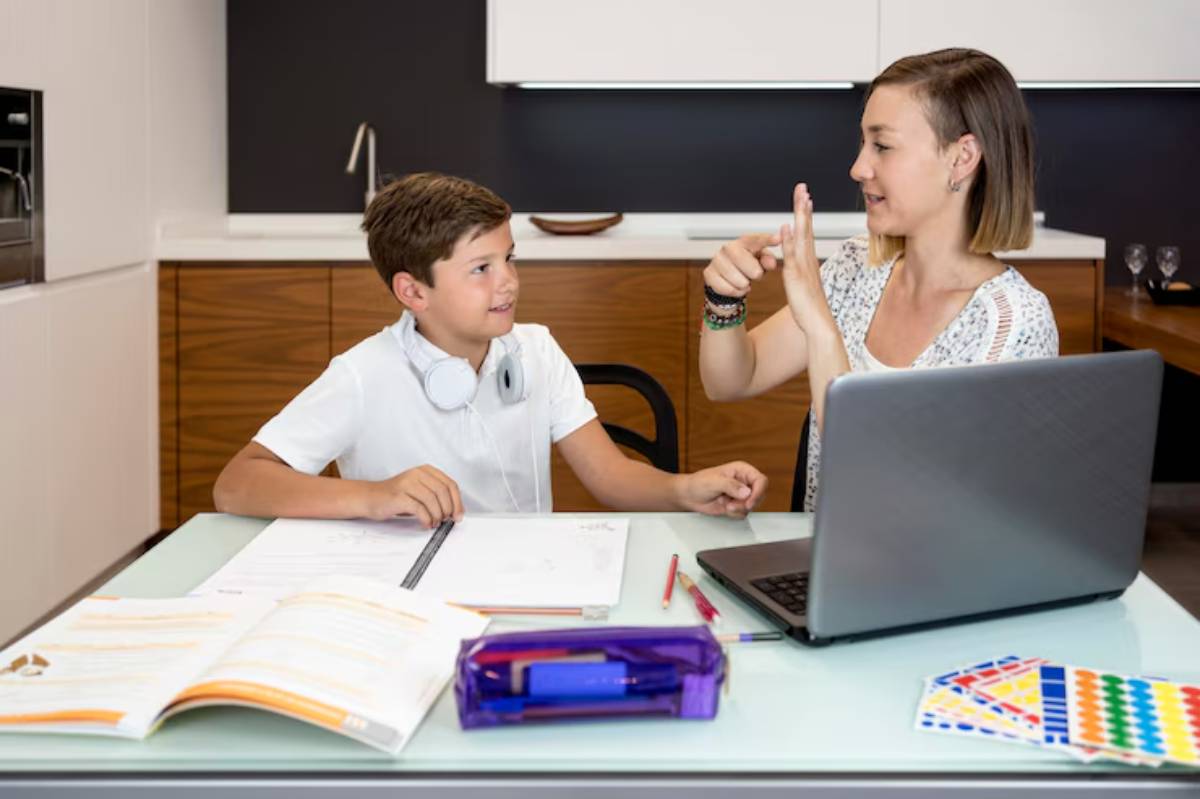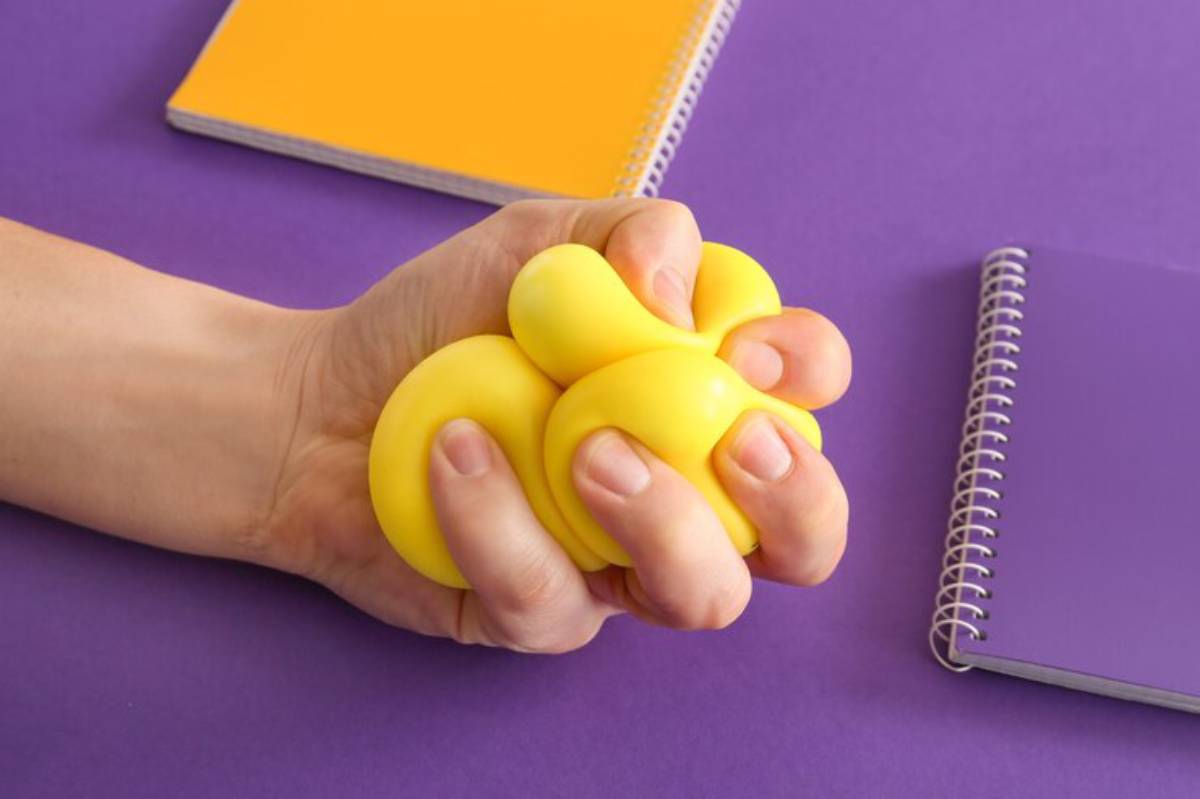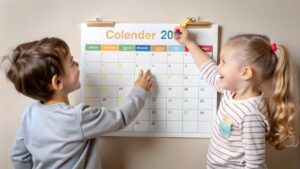The Education Blog

Kinesthetic Homeschooling: Teaching Through Movement
Does your child struggle to sit still during lessons but light up when allowed to move, touch, or build? You may be parenting a kinesthetic learner. In a traditional classroom, these children are often told to “sit still” or “focus,” when in fact, their bodies are their best learning tools. That’s where kinesthetic homeschooling can offer a breath of fresh air.
In this guide, we’ll explore how active learning homeschool methods can unlock your child’s full potential. You’ll learn to recognise the traits of a kinesthetic learner, discover strategies for integrating movement-based education, and walk away with a wealth of practical ideas tailored to your home setting. Whether you’re homeschooling a wiggly five-year-old or a restless teen, you’ll find insights and inspiration here.
Understanding Kinesthetic Learning
What Is a Kinesthetic Learner?
Kinesthetic learners absorb information best through hands-on experience and movement. Rather than hearing or seeing a concept, they need to do it.
These learners thrive when they:
- Act out concepts
- Build, experiment, or manipulate objects
- Engage with physical learning aids
“I realised my son remembered his spelling words when we jumped to each letter. Sitting and writing wasn’t cutting it.” — Becky, home educator in Liverpool
Key Traits of Kinesthetic Learners
- Constant movement or fidgeting
- Learn best by physically engaging
- Excellent muscle memory
- Often sporty, crafty, or tinkerers
Strengths and Struggles
Strengths:

- Great hand-eye coordination
- Quick to pick up physical tasks
- Strong spatial awareness
Struggles:
- Trouble with traditional desk work
- Easily distracted when sedentary
- May be labelled as inattentive or disruptive in rigid settings
How to Identify a Kinesthetic Learner at Home
Observe Daily Habits
Does your child:
- Use gestures while speaking?
- Tap, move, or pace when thinking?
- Excel at building, crafting, or sports?
- Prefer learning with hands-on materials?
Try Multisensory Lessons
Teach the same topic three ways (visual, auditory, kinesthetic) and see what sticks.
- Math facts flashcards (visual), songs (auditory), bean bag toss with answers (kinesthetic)
Ask Them!
Kids often know what helps them learn.
- “Do you like moving while you work?”
- “Would you rather build something or read about it?”
Curriculum Planning for Kinesthetic Homeschooling
Flexible Curriculum Choices
Look for programmes that allow.
- Short bursts of focused work
- Project-based learning
- Frequent breaks or movement options
Recommended curriculums and platforms.
- All About Reading/Spelling (multi-sensory)
- Moving Beyond the Page (hands-on, literature-based)
- RightStart Math (uses manipulatives and games)
Building Your Own Movement-Based Units
Combine subject goals with physical engagement.
- History: Re-enact historical scenes or build dioramas
- Science: Create experiments or physical models
- Literacy: Act out stories or stage plays
Daily Strategies for Active Learning
Use Movement to Reinforce Lessons
- Spell words aloud while bouncing a ball
- Walk number lines taped on the floor
- Use yoga poses to memorise parts of speech
Incorporate Tactile Tools
- Sensory bins for letter or number practice
- Magnetic letters, Cuisenaire rods, geo boards
- Make models with clay, Lego, or recycled items
Take Learning Outside
- Practice nature journaling in the garden
- Use hopscotch for maths review
- Create scavenger hunts based on geography or vocabulary
“We built a model of the digestive system using pasta and balloons. My daughter remembered every part because she helped make it.” — Sofia, homeschool mum in Kent
Creating a Movement-Friendly Learning Space
Design for Flexibility
- Use standing desks or lap desks
- Allow movement during reading or discussion
- Have open floor space for activities
Organise Supplies Visually and Accessibly
- Use labelled bins or shelves with materials like
- Scissors, glue, paper
- Manipulatives and sensory tools
- Movement props (balls, hula hoops, bean bags)
Set Up Learning Stations
Rotate through areas like.

- Reading nook
- Art and crafts table
- STEM building zone
Kinesthetic Activities by Subject
Literacy
- Jump or clap syllables
- Act out story scenes
- Use puppets for dialogue practice
Maths
- Build number sentences with snap cubes
- Solve word problems with props
- Create geometry shapes with string
Science
- Dissect flowers or fruit
- Create models (volcano, cell, water cycle)
- Test hypotheses with hands-on experiments
History
- Create timelines with physical objects
- Build historical landmarks from cardboard
- Dress in period costume for presentations
For visual learners too, see Visual Learners Homeschool Strategies That Work
Balancing Movement with Focus
Brain Breaks
Use short, energising breaks
- 5-minute dance parties
- Obstacle courses
- Yoga or stretching sequences
Build Routines with Flexibility
- Alternate movement-based and seated tasks
- Use timers for structure 15 mins active, 10 mins writing
- Celebrate accomplishments with movement (e.g. jump 10 times for each correct answer)
Use Fidgets and Seating Aids

- Stress balls or chewable necklaces
- Wiggle cushions or exercise balls
- Let kids sit, stand, or lie down while learning
Supporting Kinesthetic Learners in Mixed-Style Homeschooling
Teach to Multiple Styles Together
- Combine a diagram (visual) with discussion (auditory) and a hands-on model (kinesthetic)
- Create a group project where each child contributes in their preferred style
Encourage Self-Awareness and Choice
- Let your child choose how to show their learning (poster, skit, Lego model, etc.)
- Reflect together on what helped them learn best
For broader tips on learning styles, visit How to Identify and Adapt to Your Child’s Learning Style
Movement-Based Education
Movement-based education isn’t a novelty—it’s a necessity for kinesthetic learners. In a homeschool environment, you have the freedom to embrace their need to move, touch, explore, and create. Instead of forcing them to conform to sit-down standards, you can help them succeed by letting their bodies lead the way.
By incorporating tactile tools, frequent breaks, and interactive lessons, you’ll see more focus, joy, and retention. Best of all, you’re showing your child that their natural learning style is not only valid but valuable.
Ready to get started? Pick one active learning idea from this post and try it this week. Whether it’s spelling with bean bags or history through role-play, movement might just be the missing piece in your homeschool success story.









